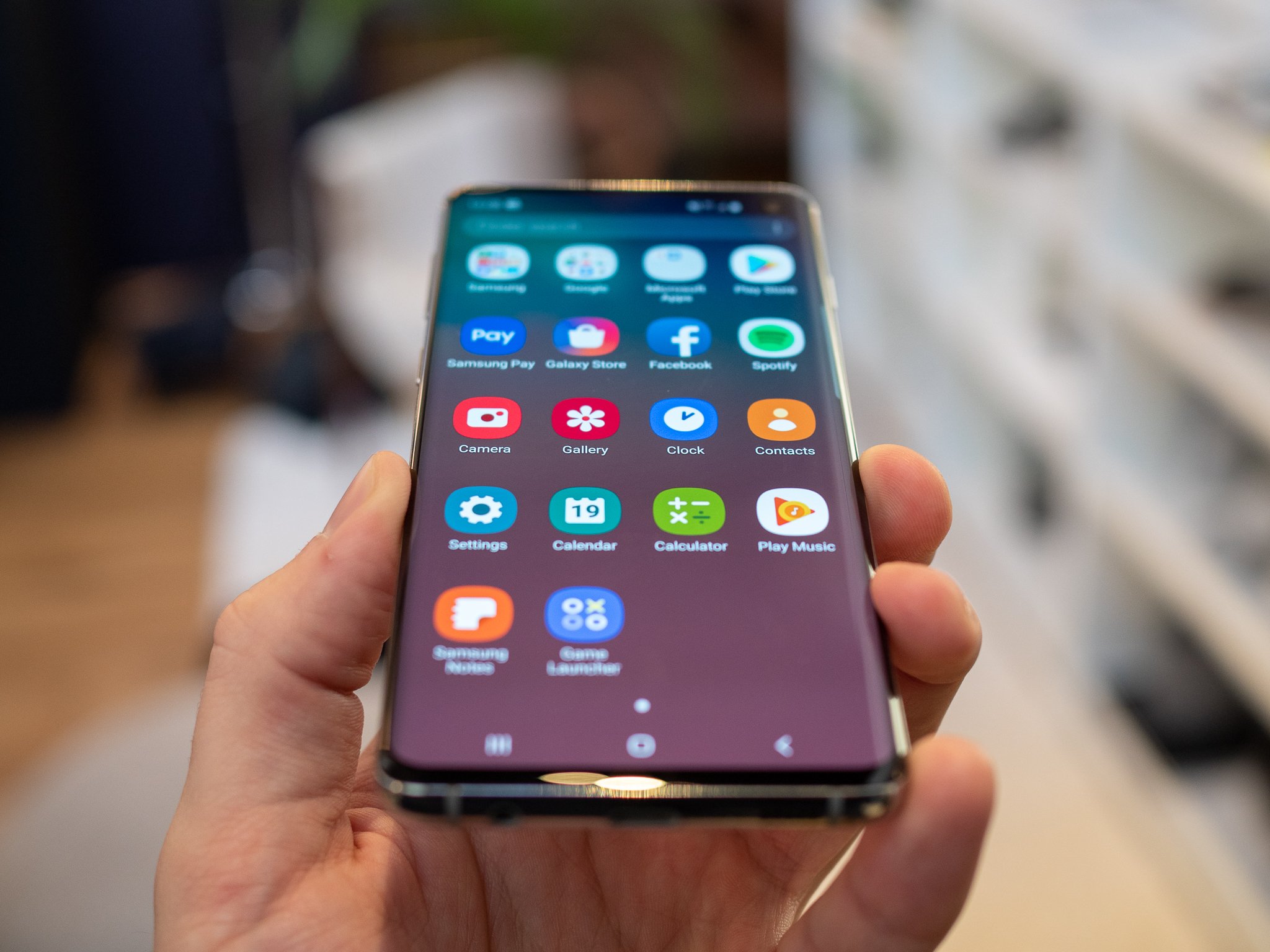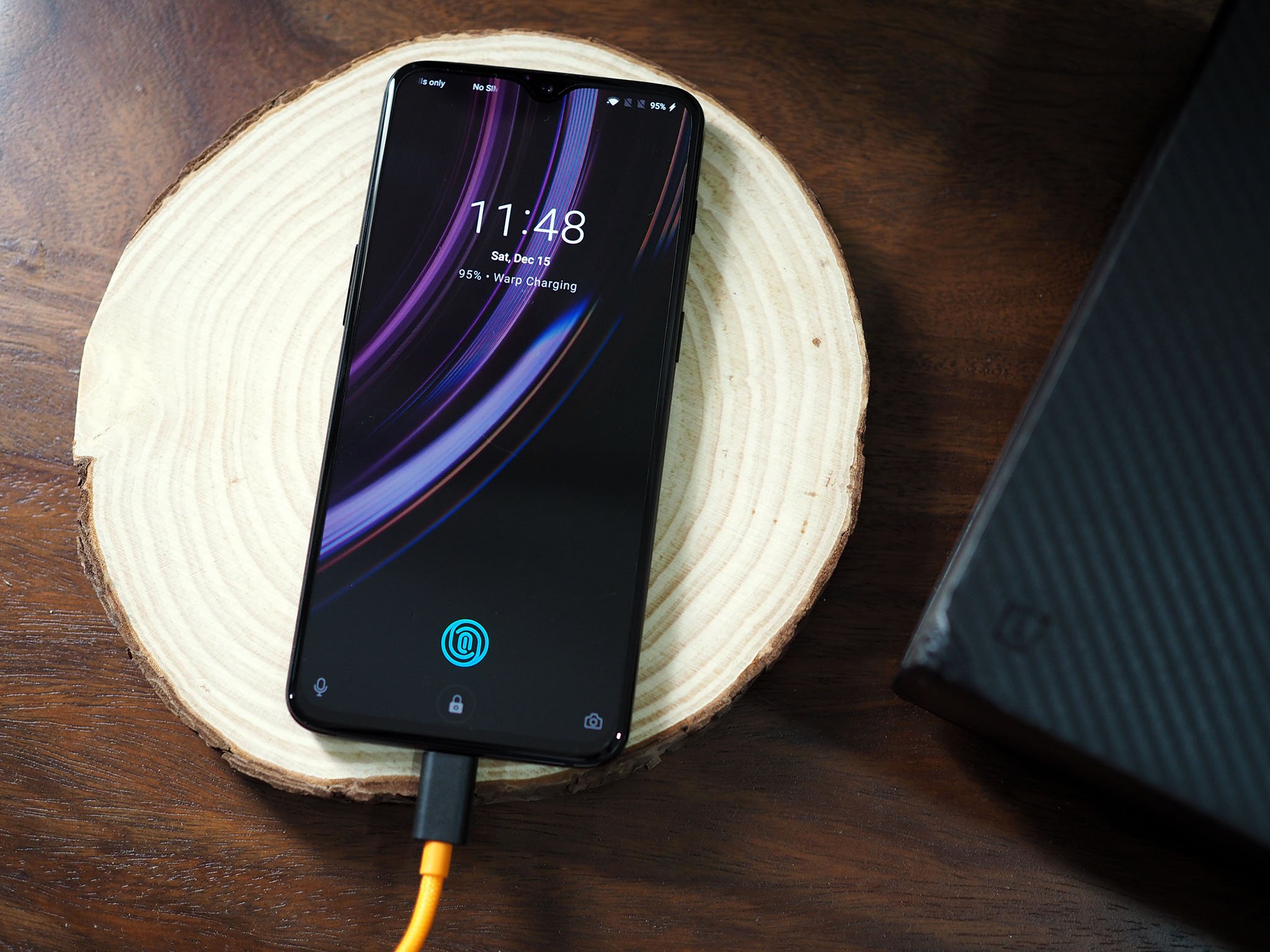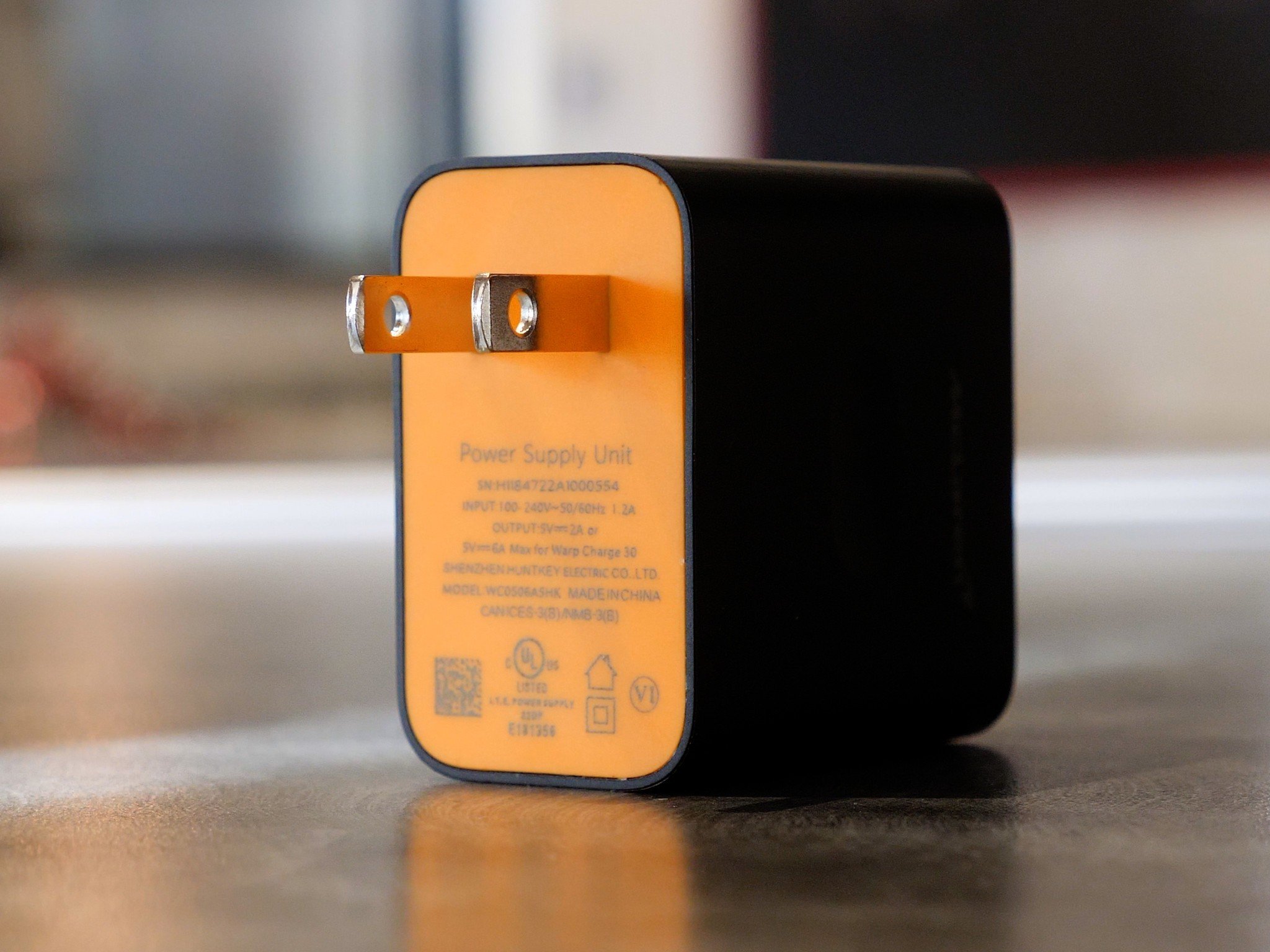Super Chargers: Samsung is being left in the dust by Chinese manufacturers
Chinese brands are at the forefront of fast charging innovations.
Phones have transformed drastically over the course of the last decade, but the trusty Lithium-ion battery has seen little in the way of change. Sure, batteries are denser and have much better safeguards built in, but the technology itself hasn't altered much. Until new-age tech like gallium nitride comes in, the only other recourse for manufacturers is to build fast charging tech that pushes Li-ion to its limit. And no one does it better than Chinese brands.
OPPO leads the pack with its insane 50W Super VOOC fast charging standard.
OPPO has invested in fast charging tech from the beginning, with its VOOC standard one of the fastest around. OPPO introduced a 50W Super VOOC standard at the end of last year on the R17 Pro, and right now it's the fastest such protocol around.
Although OPPO's phones are just now starting to get mainstream attention in western markets, the company licenses the tech to OnePlus, its sister company. So if you've used Dash Charge on your OnePlus phone in the last three years, you'll know just how good it is at charging the battery from flat.
Samsung just can't keep up with OPPO and OnePlus
Dash Charge offloads the charging circuitry to the wall plug, which ensures the phone itself doesn't get hot while charging. OnePlus has offered a 22.5W charging option for Dash Charge for a few years now, but is now switching to a 30W charging option from this year. We got an early preview of the same on the OnePlus 6T McLaren Edition, and 30W charging will be standard on this year's phones.
That means you'll be able to charge the battery from zero to 52% in just 30 minutes — and that's with the screen on. With the screen off you'll hit a 70% charge in that same time. Huawei isn't far behind either, and the Mate 20 Pro with its large 4000mAh battery and 40W fast charging is one of the best phones in this area.
Samsung can incorporate a lot of elements from Chinese brands to update its charging tech.
Meanwhile, the Galaxy S10 goes up to just under 40% in 30 minutes with its bundled charger. Samsung has traditionally lagged behind in this area, with the manufacturer making little changes to its fast charging standard in over three years.
There's good reason for that, but we're long overdue an update to 15W Adaptive Fast Charging. I started using the Galaxy S10+ earlier this week, and I'm loving the display and the new camera array at the back. The Infinity-O design is also one of the best in the industry today, but if there's one category where the device is lacking, it's charging.
Having used the R17 Pro and Mate 20 Pro in recent months, I got accustomed to charging my phones for a short burst during the day. The Mate 20 Pro in particular was great at this — a 40-minute charge delivered enough power to last an entire day, and the R17 Pro's 50W charging also delivered a day's worth of usage in just a half hour.
The Galaxy S10 is great in a lot of areas, but charging isn't one of them.
I was looking forward to Samsung rolling out a similar update to its fast charging tech, but the with the Galaxy S10 series, but the company instead shifted focus to wireless charging. The Fast Wireless Charging 2.0 standard now goes up to 15W, the same as wired charging.
The Galaxy S10 series is positioned as a leader in display and camera technologies, but it is some way behind Chinese brands when it comes to fast charging.
It's clear that Samsung needs to overhaul its standard, and a great starting point is to look at what brands like OPPO are doing. OPPO's implementation in particular — with the charging bits offloaded to the wall plug — is a clear leader in this area.
There isn't a unified solution that works across the board
But as good as Chinese brands are when it comes to fast charging, the main issue today is that each standard is locked to a particular manufacture, which means you need to use proprietary hardware to unlock the insane charging speeds. Looking to charge the R17 Pro at 50W? You'll have to use the bundled wall unit and cable to do so. Same goes for Huawei and OnePlus devices.
Qualcomm's Quick Charge standard is the leading brand-agnostic platform out there, and there are a range of excellent third-party solutions available based on the standard. Qualcomm licenses Quick Charge to device makers for a fee, and brands like Xiaomi — which don't have a fast charging standard of their own — rely on Quick Charge for their flagships.
With a lot of Chinese manufacturers heavily invested in their own platforms, it's unlikely we'll see a unified charging standard that works on every device. The closest we have to that ideal is Qualcomm's solution, and while it'd be great to see Samsung side with the chip company to offer Quick Charge on its flagships, that isn't likely.
from Android Central - Android Forums, News, Reviews, Help and Android Wallpapers https://ift.tt/2EiAVKR




Post a Comment